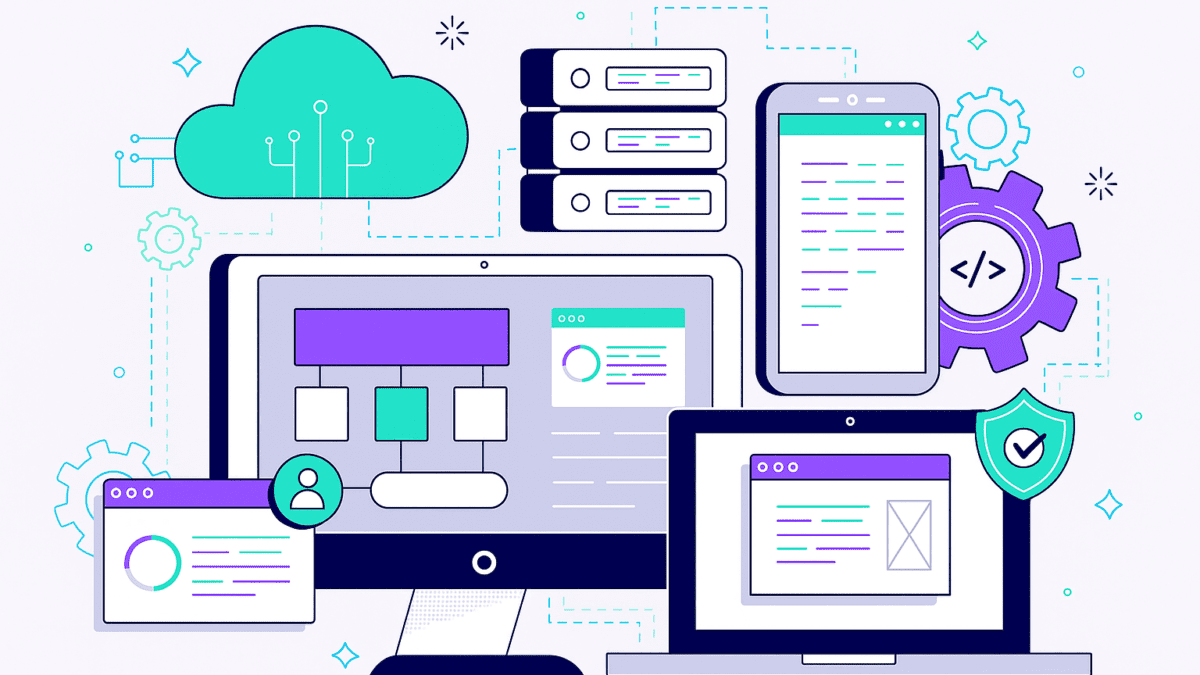What Makes a SaaS Product Scalable? Lessons from 2025’s Top Tools
Table of Contents
Introduction
In today’s hyper-competitive digital economy, scalability is no longer optional for Software-as-a-Service (SaaS) companies—it’s a survival factor. With cloud adoption at an all-time high and businesses relying heavily on SaaS tools for everything from project management to cybersecurity, the most successful platforms are the ones designed to scale seamlessly with user demand.
But what does it mean for a SaaS product to be truly scalable? And what can we learn from 2025’s top-performing tools that have mastered this balance between innovation, growth, and stability?
In this blog, we’ll break down the core elements of SaaS scalability, backed by real-world examples, expert insights, and actionable lessons you can apply to your own product.
Understanding SaaS Scalability
Scalability refers to a SaaS product’s ability to handle increasing numbers of users, workloads, and data without compromising on performance, cost efficiency, or user experience.
A scalable SaaS solution should:
- Maintain fast performance even as usage spikes.
- Adapt to new market needs and customer demands.
- Be cost-effective, with pricing models aligned to growth.
- Support integration and automation for seamless operations.
Think of scalability as the difference between a tool that survives in the short term and one that thrives long term.
Lessons from 2025’s Top SaaS Tools
Let’s look at the qualities that define today’s most scalable SaaS platforms and what we can learn from them.
Cloud-Native Infrastructure
- Example: Tools like Notionand Slackleverage cloud-native architectures, allowing them to auto-scale based on demand.
- Lesson: Building on flexible cloud environments (AWS, Azure, GCP) ensures high availability and minimal downtime.
Modular Architecture (Microservices)
- Example:HubSpotshifted toward microservices, enabling them to add features without disrupting existing systems.
- Lesson: Decoupled systems allow continuous innovation and smooth scaling.
Global Accessibility
- Example:Canva expanded with localized versions, making design accessible worldwide.
- Lesson: Scalability isn’t just technical—it’s also about serving diverse global markets with adaptability.
Data Security and Compliance
- Example:Zoom, after facing security challenges, invested heavily in compliance (GDPR, SOC2) while scaling to millions of users.
- Lesson: Scalability without security is unsustainable. A trusted SaaS tool grows faster.
AI-Powered Enhancements
- Example:Jasper AI and ChatGPT-powered integrations use AI to optimize workflows.
- Lesson: Embedding AI features improves scalability by automating tasks and personalizing experiences.
Key Elements That Make a SaaS Product Scalable
Here’s a step-by-step breakdown of the building blocks of SaaS scalability:
- Elastic Infrastructure: Adopt cloud-native and container-based systems (e.g., Kubernetes) to ensure elasticity.
- Optimized Database Management: Use distributed databases and caching mechanisms to handle data-heavy operations.
- Cost-Efficient Pricing Models:
- Freemium to Premium tiers attract startups and scale with enterprises.
- Usage-based pricing ensures customers only pay for what they consume.
- Integration Ecosystem: Offer APIs and marketplace integrations to connect with tools like Zapier, Salesforce, or Google Workspace.
- Automation & AI: From customer support chatbots to predictive analytics, automation ensures your product grows with less manual intervention.
- User-Centric Design: Scaling is pointless if the product isn’t user-friendly. UX-first design guarantees retention.
Challenges SaaS Companies Face While Scaling
Even the best tools face obstacles, including:
- Rising cloud costs with growing data demands.
- Latency issues in global markets.
- Maintaining consistent security standards across regions.
- Balancing innovation with stability—adding features without breaking old ones.
By proactively addressing these challenges, SaaS companies future-proof their growth.
Actionable Takeaways for SaaS Founders in 2025
If you’re building or scaling a SaaS product, focus on:
- Start cloud-native – avoid legacy systems that limit flexibility.
- Adopt microservices early – they grow with your product.
- Prioritize security and compliance – essential for enterprise adoption.
- Use AI strategically – automate support, optimize performance, and personalize.
- Think global – localization builds loyal international user bases.
Conclusion
Scalability is the backbone of every successful SaaS product in 2025. The companies leading the market—whether it’s Canva, HubSpot, or Slack—aren’t just adding users; they’re building systems designed to grow, adapt, and perform consistently at scale.
If you’re developing a SaaS product today, the lesson is clear:
- Focus on flexibility, security, and customer-centric innovation.
- Build for tomorrow’s growth, not just today’s needs.
Reach the Right Buyers, Faster.
Distribute your content across premium B2B channels and generate high-intent leads that convert.
Explore iTMunch’s Content Syndication Services
See Also: What is ChatGPT Go? India’s New Affordable AI Subscription Plan





